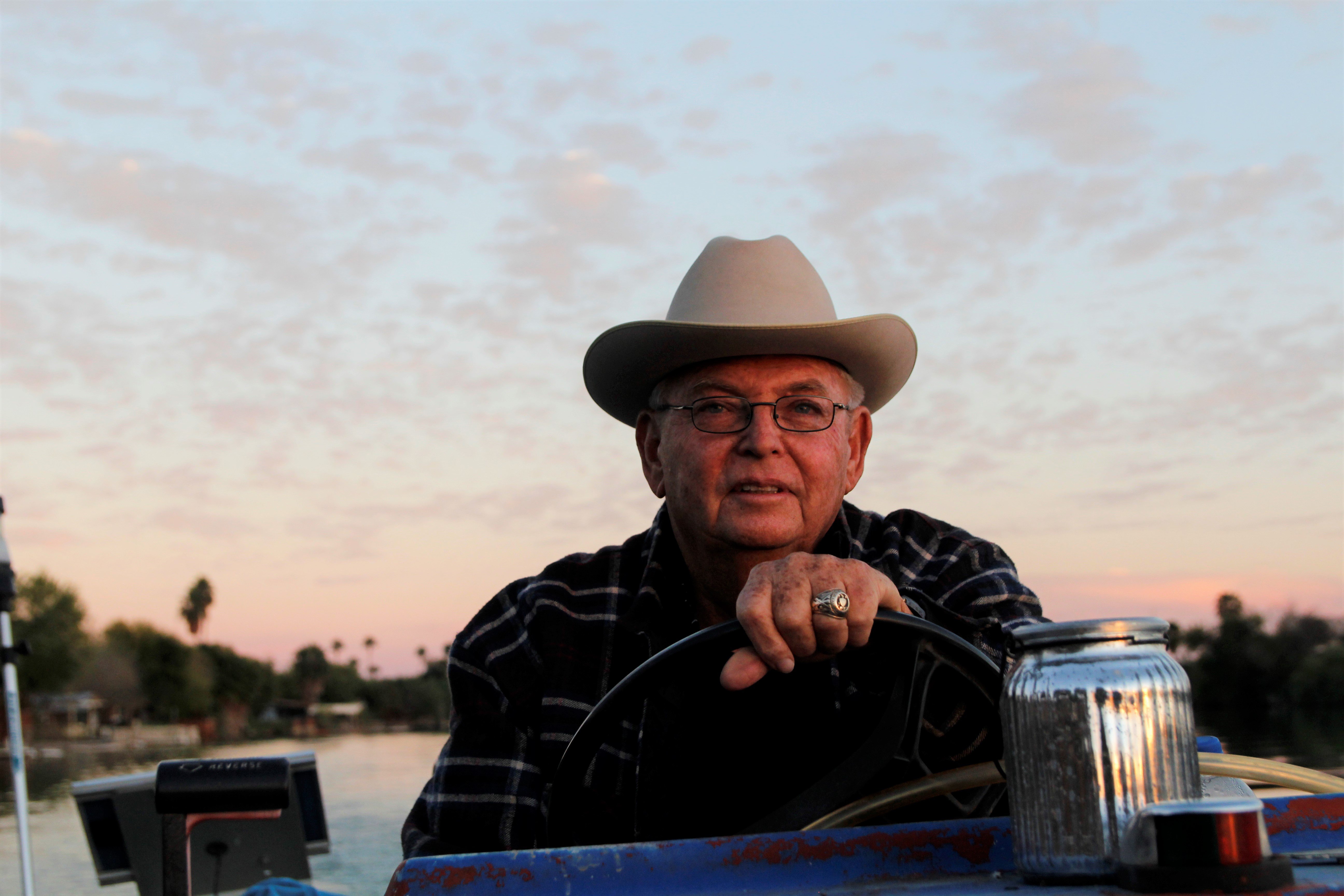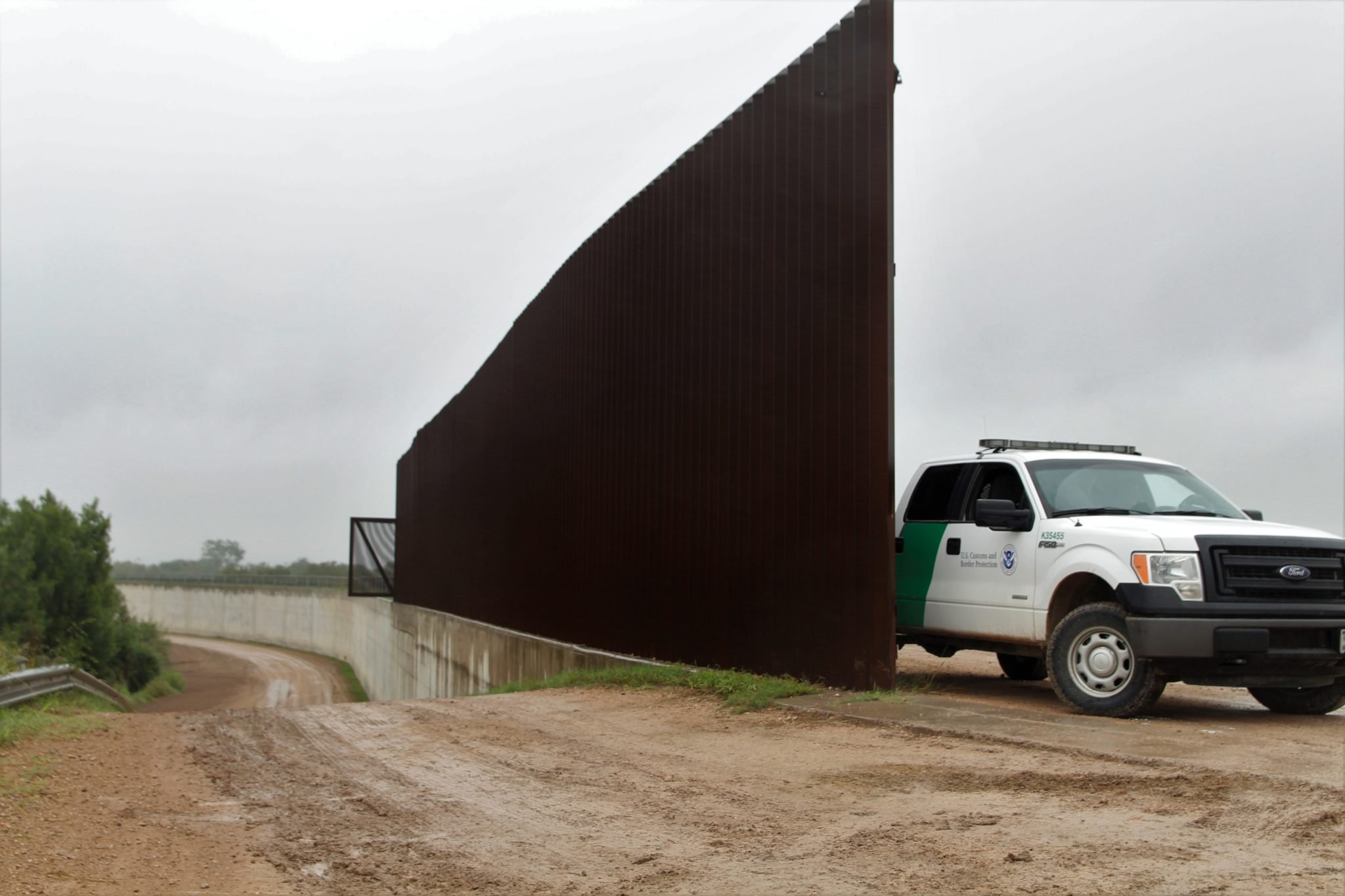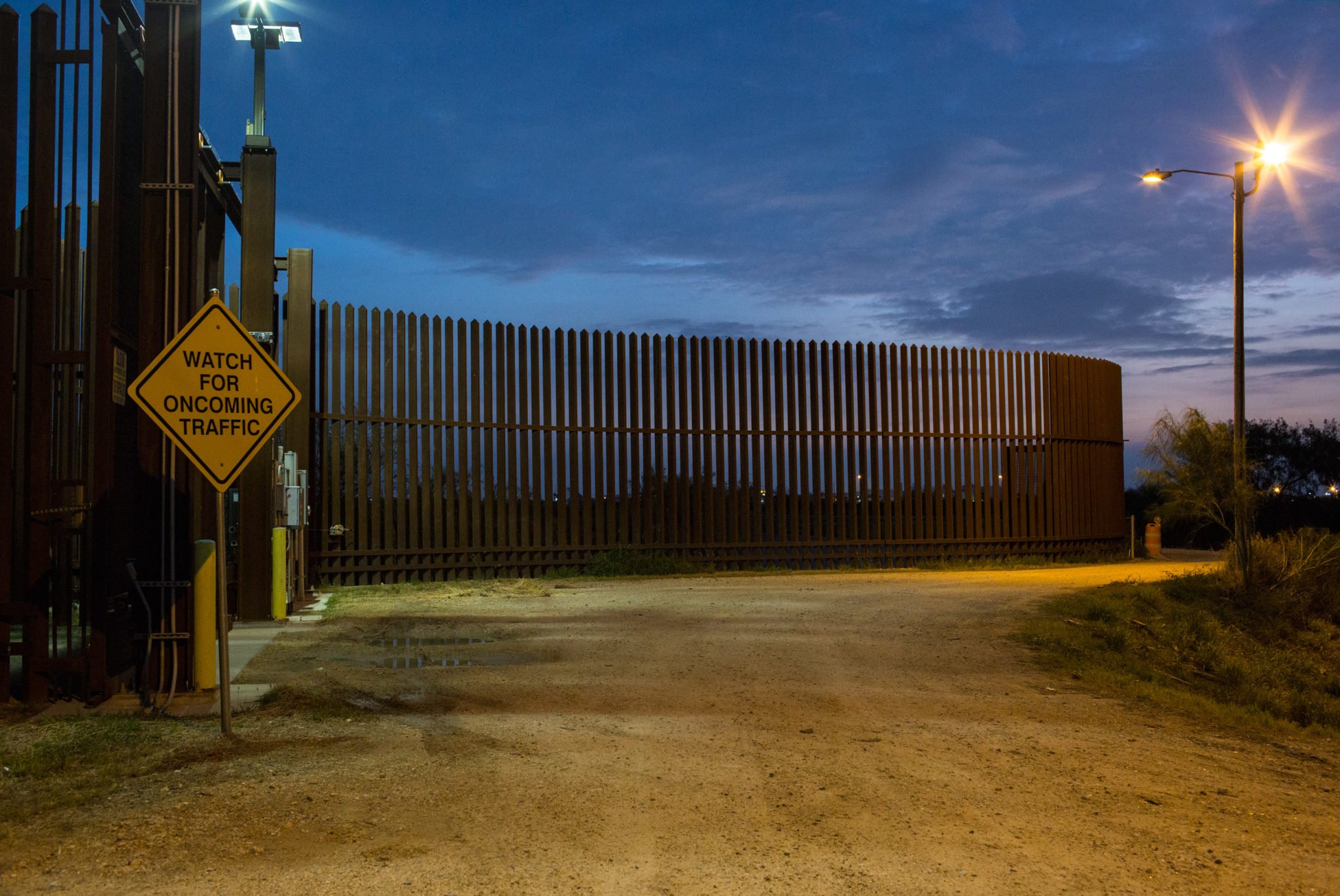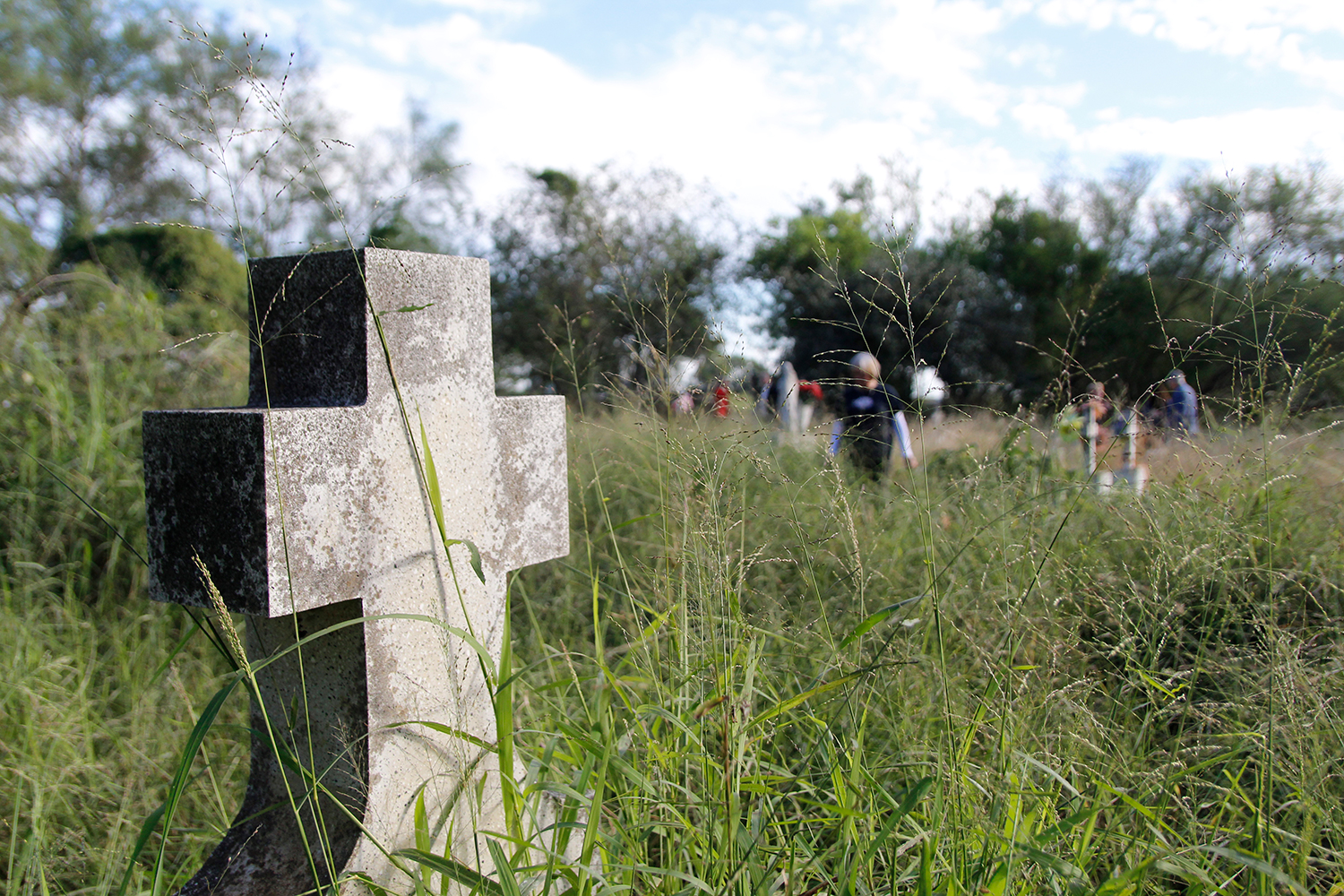
Unearthing Resistance
As Trump’s wall threatens a pair of historic cemeteries, an unlikely network of powerful Rio Grande Valley families has coalesced to oppose it.
–
by Gus Bova
May 8, 2019
Hollis Rutledge’s second-story office in downtown Mission is a shrine to Texas conservatism. A campaign sign wedged into the front window announces his support for Governor Greg Abbott; inside, generations of Bushes smile down from signed photos adorning every wall. In the overwhelmingly Democratic Rio Grande Valley, the 65-year-old Rutledge is an anomaly: He served as a presidential appointee in the Reagan and H.W. Bush administrations and chaired the Hidalgo County GOP for 12 years. A party man to the core, Rutledge says he will always back Republicans — but like most of his neighbors, he wishes Trump would cool off on that damn border wall.
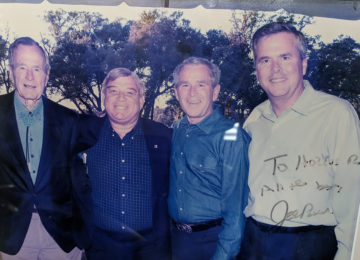
“The wall has become politicized to the point that everybody’s shouting at each other. Nobody’s listening to us down here,” Rutledge said. “It may be the political thing to say to the rest of the country, but is it effective? Is it efficient? No.”
Like many critics of the wall, Rutledge, who now runs an economic development consulting firm, thinks border security should be achieved through surveillance technology like cameras and sensors. But the wall also threatens something dear to him: His ancestors are buried in a pair of historic cemeteries that lie in the path of Trump’s proposed barrier.
Despite his Anglo surname, Rutledge is Hispanic (he speaks the region’s true language, Spanglish, at every opportunity), and his roots in the Valley stretch back to the 19th century. He hails from elite Southern colonists, including two South Carolina governors: John Rutledge, who signed the Constitution, and Edward Rutledge, who signed the Declaration of Independence. His great-great-grandfather, Abraham, married the daughter of a white man and an emancipated slave in Alabama; in 1857, Abraham joined a covered wagon caravan to the Valley, led by Nathaniel Jackson, his father-in-law. This crew of high-born white Southerners, emancipated slaves and their mixed-race offspring acquired a large swath of ranchland and intermarried with the local Mexican American population. Eventually, they started burying their dead.
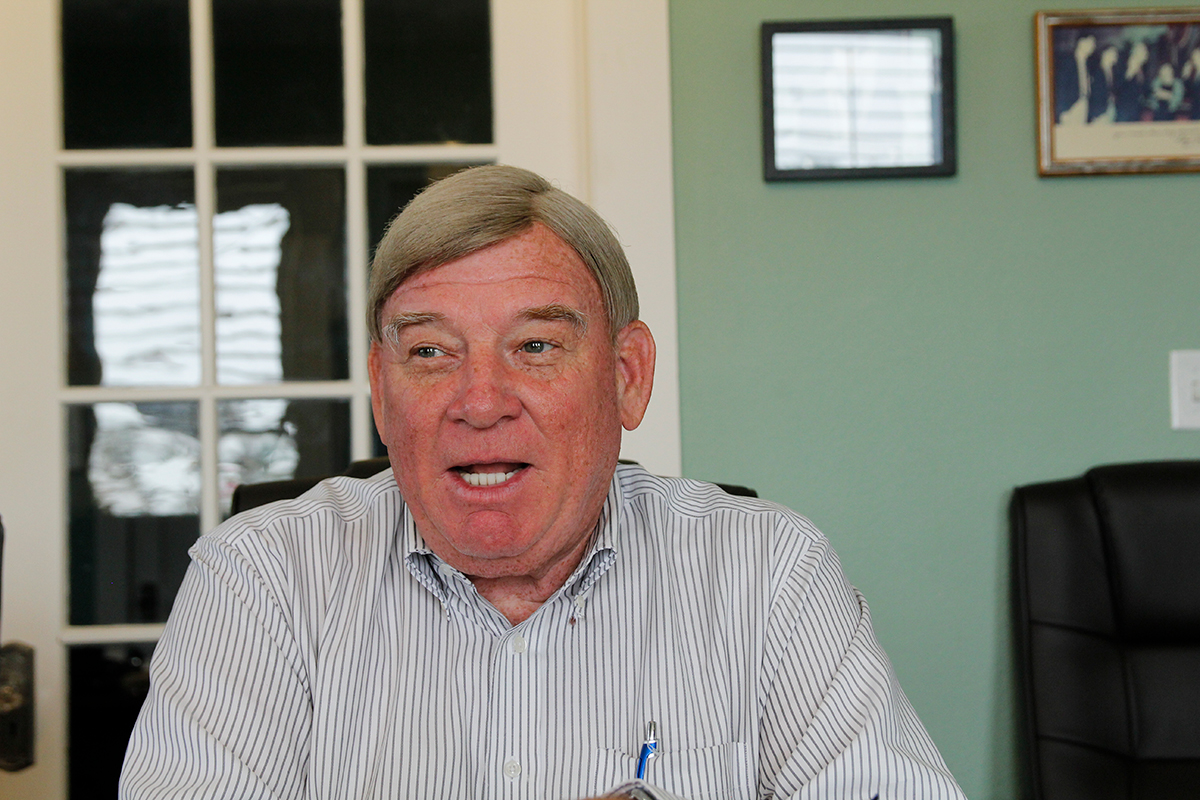
The two graveyards lie south of the town of San Juan, less than a mile from the Rio Grande. The Jackson Ranch Cemetery is neatly manicured with around 20 marked graves, including Abraham’s, as well as a century-old chapel not currently in use. About 500 feet east is the Eli Jackson Cemetery, a quarter-acre graveyard with 150 tombstones, where Native American activists have established a protest encampment. Rutledge has forebears buried there, too.
Both cemeteries are at risk. They sit just south of an earthen river levee, which Trump plans to convert into a 30-foot-tall concrete-and-steel border wall as soon as this fall, likely using money that Congress provided last March.
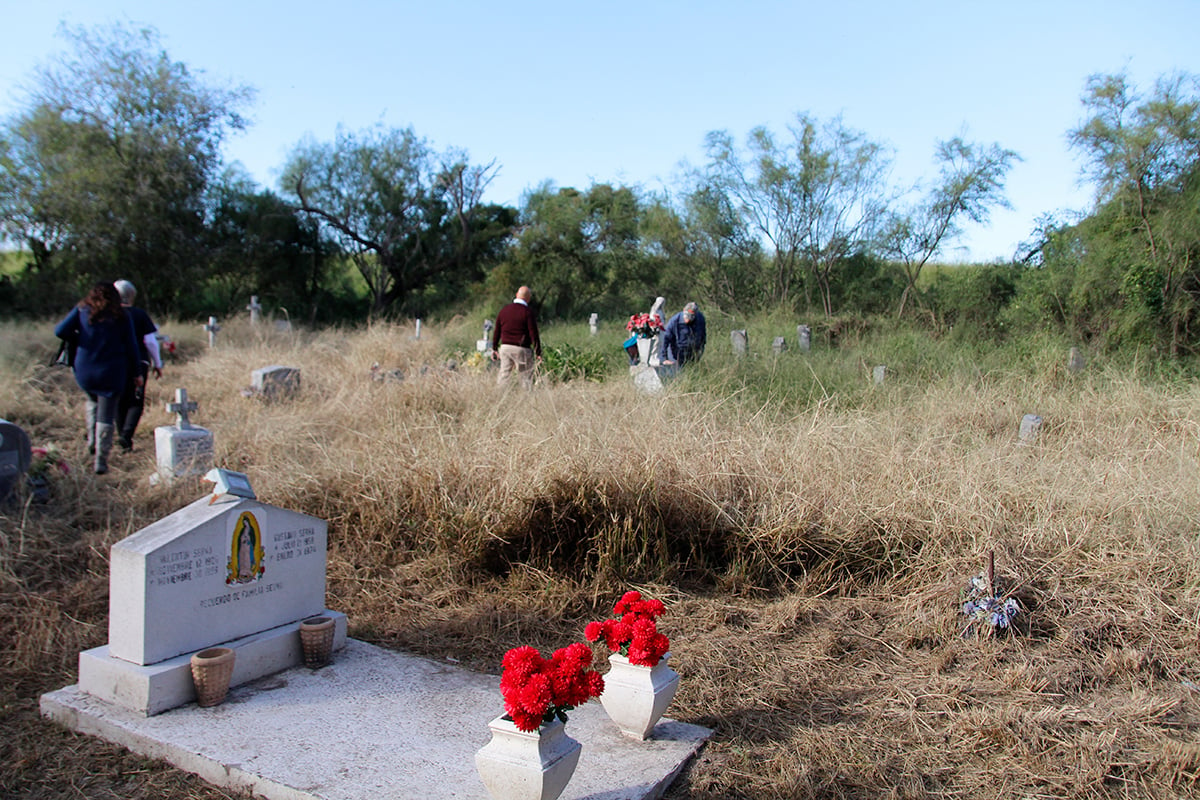
In the best case, the 30-foot wall would exacerbate flooding in the already flood-prone area between the river and the levee, and the neighbors — who’d find themselves on the wrong side of the wall, forced to use an electronic access gate to get to their own homes — might move away, leaving no one there to help keep an eye on the cemeteries. In the worst case, the wall would come with a 150-foot “enforcement zone,” laced with a patrol road and sensors and overseen by floodlights — and because the Eli Jackson Cemetery sits just a few feet from the levee, bodies might be exhumed and graves relocated. (Customs and Border Protection officials have suggested this is unlikely, but have repeatedly refused to make any promises).
There’s reason, though, to think the cemeteries could be spared the border wall, and not just for their historical import. In the Valley, as anywhere, the elite tend to stay elite. Among the sprawling network of those connected to the cemeteries are the Hidalgo County tax assessor, two former local judges, a sitting state district judge, the spouse of a Congressman and a smattering of doctors, lawyers and other professionals — some of whom didn’t know they were related until after the cemeteries came under threat. In a sense, Trump’s wall has birthed the very family network that might stymie it.
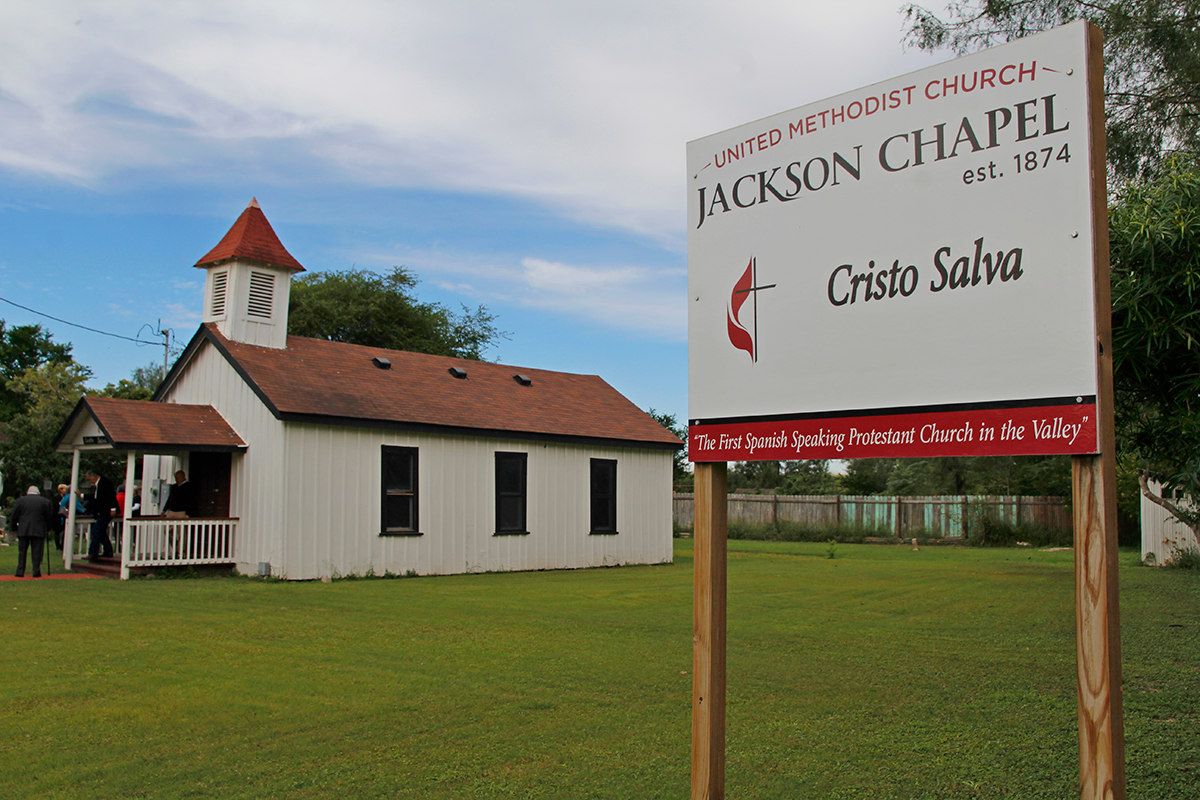
Rose Vela, a Brownsville attorney who served as a Republican on Texas’ 13th Court of Appeals and is married to Democratic Congressman Filemón Vela, had long known that Rutledge was her distant cousin. But only last fall, when Rutledge suggested she attend a family meeting about the wall, did she learn she was related to others in the network. “That’s when I met a lot of my primos,” she said. “I just realized how vast and how many we are.”
–
In March, about a dozen family members with ancestors buried in the cemeteries met with a handful of CBP officials, along with representatives from Senator Ted Cruz’s office, at a Palenque Grill in McAllen. The gathering was the result of a previous meeting Rutledge orchestrated with staff for Cruz and the three Democratic congressmen who represent the Valley.
At the March meeting, which was recorded, Raul Ortiz, then the deputy chief patrol agent of CBP’s Rio Grande Valley sector, gave the families some good news: There was no “immediate plan” to break ground at the graveyards, and the relatives would get at least six months’ notice if a plan were made. (Preliminary construction activities for a nearby section of the wall began in February.) Ortiz made no promises, but implied the agency could shrink its enforcement zone to avoid disturbing the Eli Jackson Cemetery.
Paul Villarreal, the Hidalgo County tax assessor, expressed relief that the cemeteries weren’t in immediate danger. “That allows us to work with [our representatives] to see what they think about our location,” he said in the meeting. A year earlier, the federal Santa Ana National Wildlife Refuge — just over a mile east of the cemeteries — had been exempted from impending wall construction. This February, four more sites in the region were saved: a state park, the La Lomita chapel, the National Butterfly Center and Elon Musk’s SpaceX test site. Laredo Congressman Henry Cuellar led both efforts. The cemeteries could benefit from the same intervention.
Ortiz isn’t a fan of such interference. “Unfortunately when Congress and others sit down and write these bills … it’s sometimes not with the full complement of consultation with those of us that are affected most,” he told the families. Ortiz argued that protecting certain sites will actually backfire, because smugglers, migrants and Border Patrol agents will all funnel toward the locations that don’t have a wall. “All of a sudden everything gravitates there, then the law enforcement will become more of a nuisance than the illegal activity.”
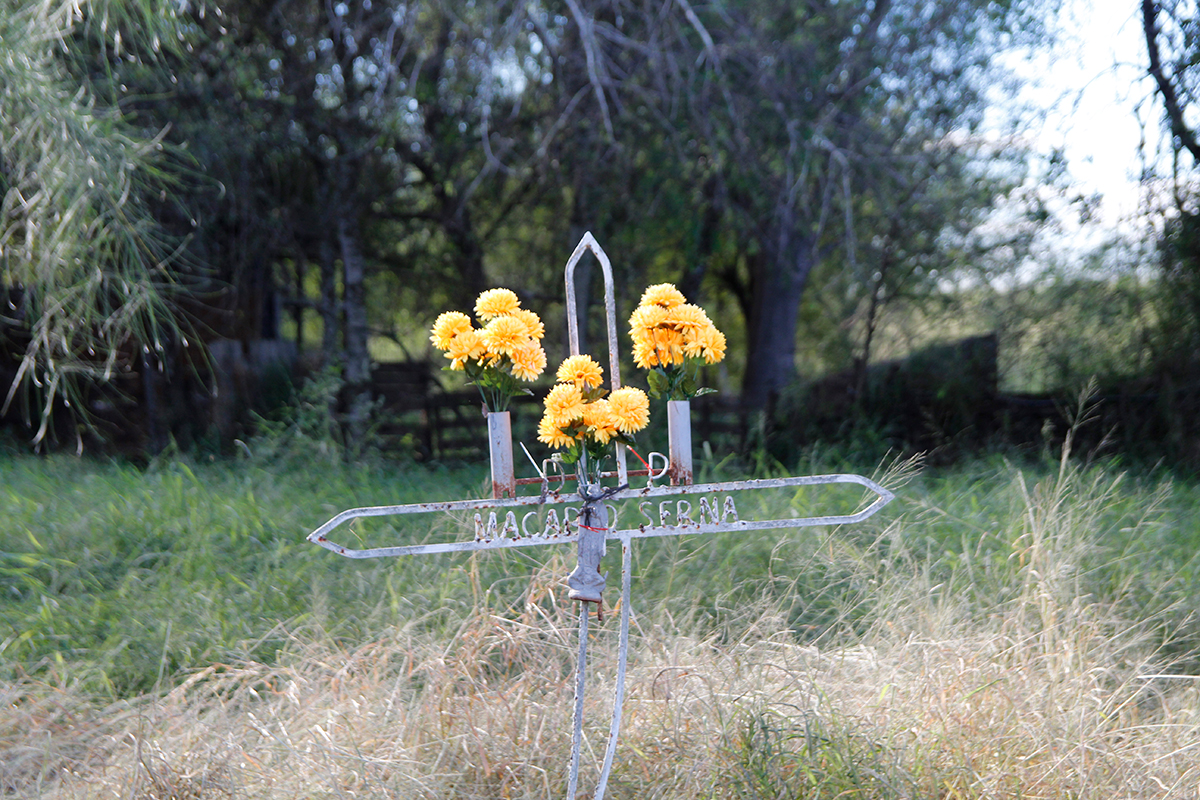
But asked whether he’d pursue Congressional protection, Rutledge was unequivocal. “That is precisely what I think we need to do,” he told the Observer. Such a provision could be added to new spending legislation this fall. Senator Cruz and the three Valley Congressmen didn’t respond to questions from the Observer about their intentions.
The wall has always reflected existing inequity. In 2008, the Observer reported that Bush’s wall avoided a resort, a golf course and land owned by a dynastic oil and gas family. Today, most of the sites spared by Congress aren’t tied to billionaires, but they are well-known institutions, at least locally. As Marianna Treviño-Wright, director of the National Butterfly Center in Mission, told the Observer after Congress saved her refuge in February: “Our friends and neighbors who didn’t have the platform that we had to protest, that don’t have the wealth and connections of the state park donors and others, are still losing their land, having their property, their inheritances, destroyed.”
Take the case of Fred Cavazos, 69, who’s lived his entire life along a bend in the Rio Grande just downriver of the butterfly refuge. Cavazos keeps cattle on his land and rents out riverside plots, ventures that could both be terminated by the wall. Or Nayda Alvarez, a schoolteacher whose family has lived on the river in rural Starr County for at least five generations, who could lose her home to Trump’s barrier. So far, there’s no evidence that anyone’s coming to save either of their properties.
Rutledge, who speaks with the rare confidence of a citizen for whom government works, doesn’t see the unfairness: “Everyone has access to their officials,” he said glibly. But other relatives realize that if the cemeteries are spared, it’ll likely be due to the families’ proximity to power.
“Influence and money rule, and we’re a little lucky with some of our family members being in certain positions,” said Sylvia Ramirez, a soft-spoken retired psychology professor who’s helped organize the families’ get-togethers. “But it shouldn’t be that way,” she added.

